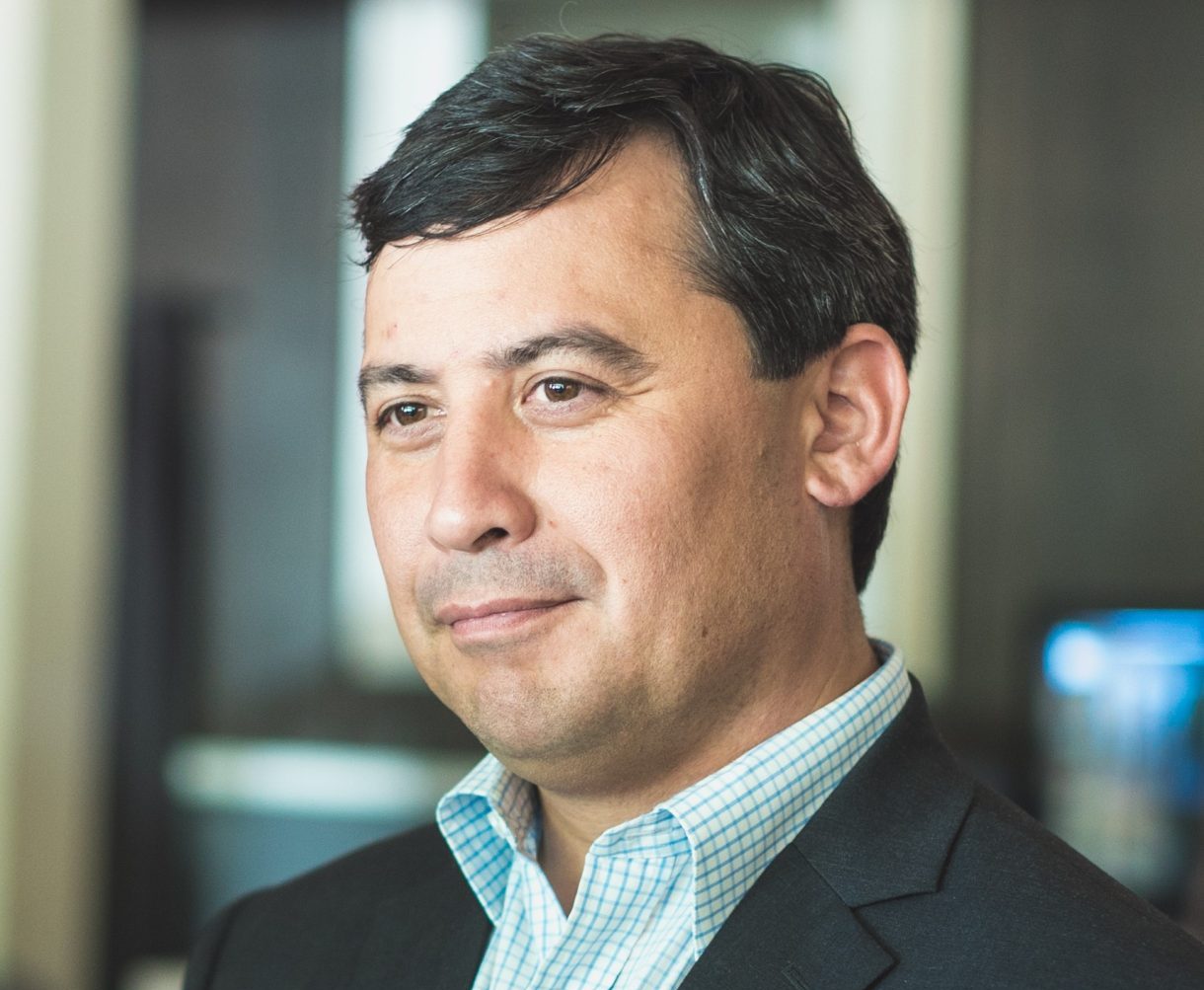WELLINGTON COUNTY – Canada has not carried its “fair share” as a North Atlantic Treaty Organization (NATO) member, says Wellington-Halton Hills MP Michael Chong.
In conversations with the Advertiser, the foreign affairs critic said Canada’s military is underfunded and NATO obligations unmet.
Chong criticized the Canadian government’s leadership and said stronger measures are needed to counter threats from Russia and China, which, the MP says, threaten not only Europe’s peace and security, but Canada’s, too.
“The world has changed over the last several weeks and we are now facing a very real security threat from the rise of autocrats like Putin,” Chong said.
“We need to acknowledge that we can’t live in splendid isolation on the north half of this continent; we live in a very interconnected world today.”
Chong called the war in Ukraine a “wake up call” for Canada to “get serious with national defence,” echoing past appeals made by the MP in the House of Commons.
“That starts with increasing defence spending to two per cent of our economy,” Chong said by phone. “We are at the bottom end of spending among major NATO allies.”
In 2014, NATO members agreed to bring defence spending to two per cent by 2024, reversing a trend of declining defence budgets.
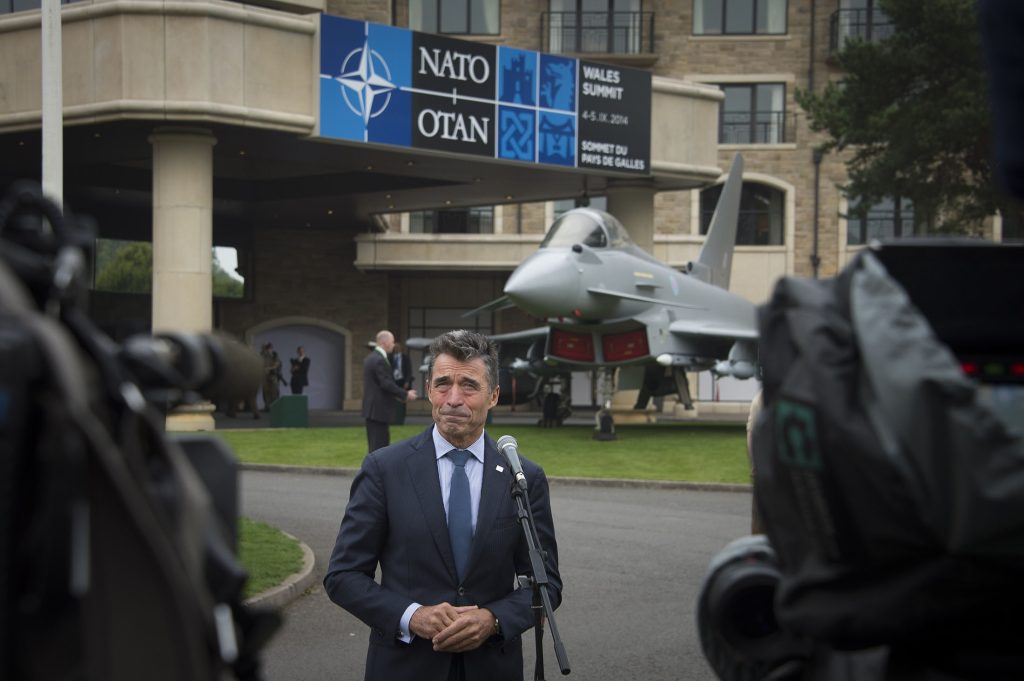
At the NATO Wales Summit of 2014, then Secretary General Anders Fogh Rasmussen gathers before assembled press. “On defence investment, we will turn the corner and reverse the trend of declining defence budgets,” he said at the time. (NATO image)
NATO states on its website the 2% of GDP target is “no guarantee that money will be spent in the most effective and efficient way to acquire and deploy modern capabilities” but argues members matching the commitment illustrate their “political resolve” to defence resources.
According to a March 31 report by NATO Sec.-Gen. Jens Stoltenberg, Canada spent an estimated 1.36% of its GDP on military for the 2021-22 fiscal year, and ranks 25th in spending out of 30 members.
Although spending has fallen below 2020 levels, it has increased from the 1.1% of GDP seen in 2014 under the leadership of former prime minister Stephen Harper.
In 2014, only three members were spending at least 2% of their GDP on defence, rising to eight in 2021, according to NATO data.
Last year was also the "seventh consecutive year of rising defence spending across European Allies and Canada, amounting to a rise of 3.1% in real terms compared to 2020," NATO states on its website.
F-35 jets
Were the government allocating more for defence spending, “we would have F-35 jets” to replace this country’s aging CF-18s, Chong said, adding the jets could be sent to shore up defences in eastern Europe where Canada is presently participating in NATO operations Unifier and Reassurance.
“It’s all about deterrence and force projection,” he said. “The F-35 does a much better job of that and is much more capable ... than a CF-18 and that’s why we should have long ago purchased the F-35 jets.”
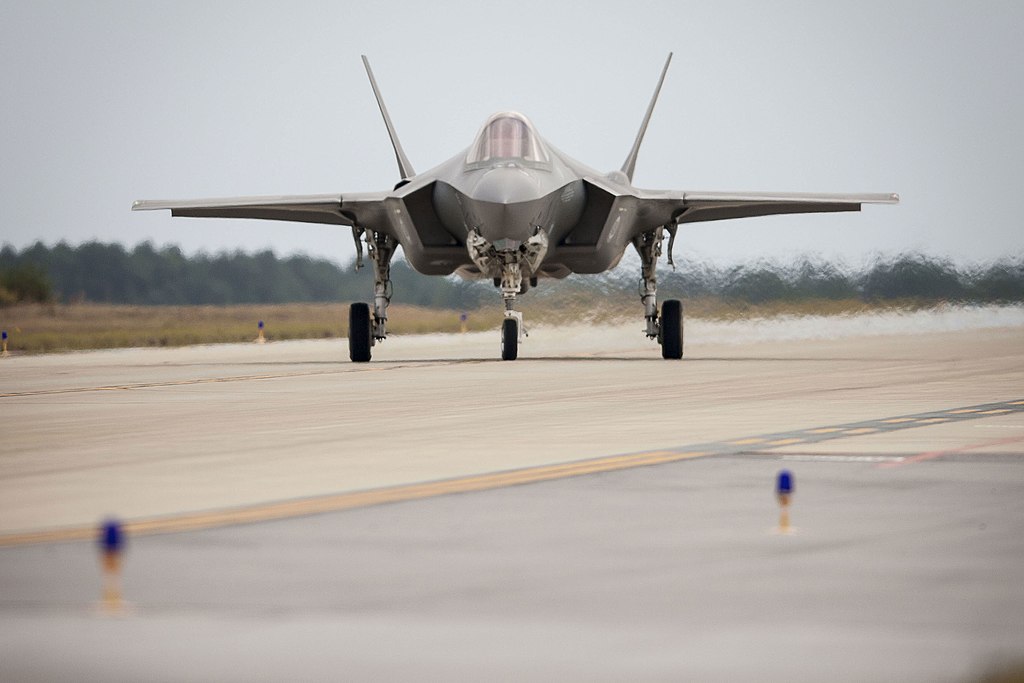
A Lockheed Martin F-35 jet seen on a runway. (Image in the public domain under Creative Commons licence)
On March 28, procurement minister Filomena Tassi and defence minister Anita Anand announced the government would seek this year to award a $19-billion contract for 88 F-35 jets from Lockheed Martin, with the first aircraft not arriving until at least 2025 — a reversal from the Liberal government’s 2015 campaign vow to scrap the then Conservative government’s fighter jet program.
The spending would help push Canada closer to meeting its NATO commitment, but Chong said the feds have “yet to take action” on making the purchase.
Responding to threats
Chong also said lukewarm spending will negatively affect Canada’s ability to respond to its NATO obligation to defend member countries if Article 5 under the treaty were invoked.
If Russian president Vladimir Putin successfully overtakes Ukraine, Chong is concerned about further Russian advance, pointing out how this country has become involved in major European conflicts in the past.
“Canada’s defence and security has always been inextricably linked to that of Europe,” Chong asserted.
“There’s a range of things that we could be doing, that we can’t,” he said. “We could be supplying more military equipment to Ukraine for its defence, but we can’t because we barely have enough equipment to supply our own forces.”
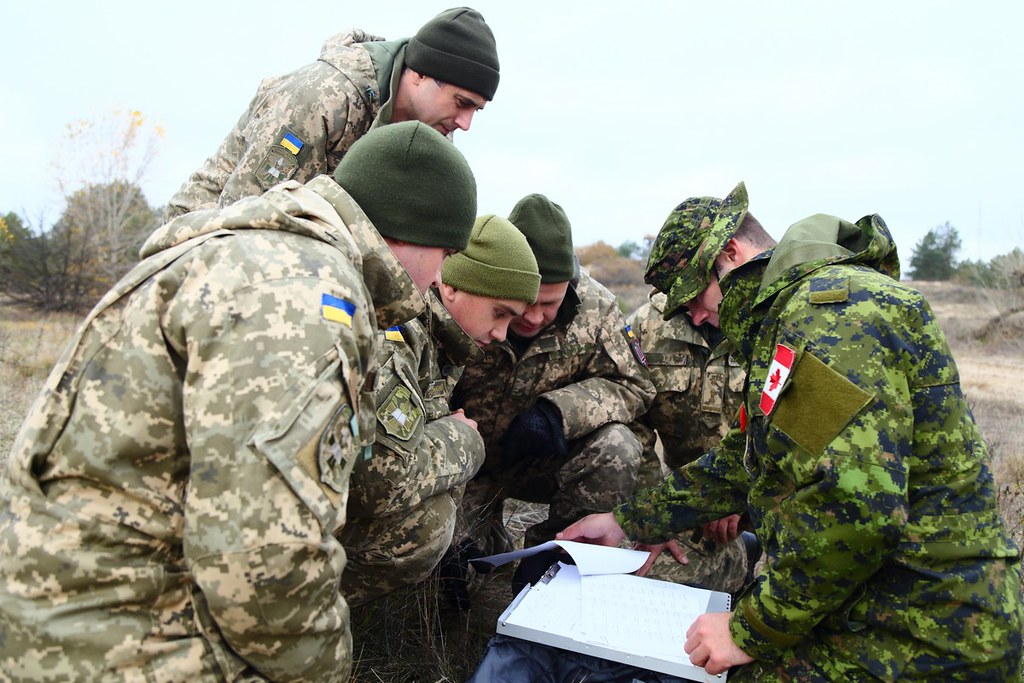
Specialists from the Canadian United Multinational Training Group Ukraine are seen training students of the Ivan Chernyakhovsky National Defence University in mine detection. The training mission took place under NATO's Operation Unifier. (Ministry of Defence Ukraine photo used under Creative Commons licence)
Since Russia launched its Feb. 24 assault on Ukraine, Canada has sent a variety of supplies, including: body armour, meal packs, anti-armour weapons, rifles, ammunition, helmets, gas masks, night-vision gear, rocket launchers, hand grenades, frigates, CF-18 fighter jets, a CP-140 Aurora, over 3,400 personnel, and a $1-million contribution to the purchase of high-resolution satellite imagery.
Federal budget expected
In a March 21 joint press release leading up to a NATO Summit addressing Russia’s invasion of Ukraine, Chong and the Conservative Party’s innovation, science and industry critic Gérard Deltell called on the feds to “fulfill Canada’s NATO defence commitments in the upcoming budget and at this week’s NATO summit.”
During the summit, held in Belgium on March 24, Prime Minister Justin Trudeau affirmed Canada’s ongoing support of NATO efforts and Ukraine, but stopped short of saying whether Canada would spend the billions needed to meet its NATO commitment in an upcoming federal budget, to be released April 7.
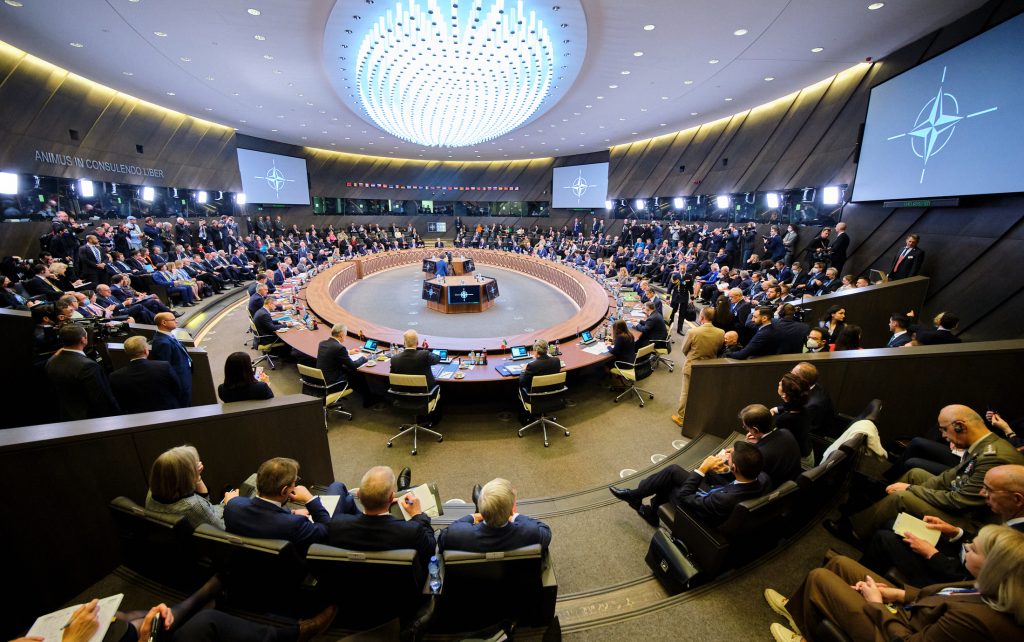
A view inside the meeting of a March 24 NATO summit in Belgium. (NATO image)
Trudeau said his government’s “Strong, Secure, Engaged” defence policy provides an “ambitious commitment” to increase capacity and support for the Canadian Armed Forces to “have the kinds of equipment and ability to do the things Canadians expect them to be able to do around the world.”
Chong did not say whether he believed the Trudeau government would increase defence spending with a massive debt load and a new Liberal-NDP agreement to work together on policy and spending in exchange for avoiding an early election.
“With respect to our ballooning deficit and debt, it’s a question of priorities,” Chong said, adding safety and security should be near the top.
The MP will be watching the upcoming budget, “looking for explicit language” describing a plan over the next five years to increase military spending and meet the NATO commitment.
National defence budgets address: personnel expenses and pensions; research, development and procurement of defence equipment; and operations, exercises and maintenance.
Also in 2014, NATO members agreed 20% of overall defence spending should be devoted to "major equipment spending" including research and development to stay up to date. Members not meeting the 20% target agreed to increase annual investments. In 2021, 21 of 30 members met the guideline.
"Where expenditures fail to meet the 20% guideline, there is an increasing risk of equipment becoming obsolete, growing capability and interoperability gaps among allies," NATO explains on its website.
In the House of Commons on April 5, Liberal MP Julie Dzerowicz said the government "will exceed the aspirational guideline of spending 20% of defence budgets on major equipment."
Expenditures associated on the North American Aerospace Defence Command, continental defence or fighter jet purchases will not contribute to delivering on that 20% spending guideline, Dzerowicz said, without indicating exactly what equipment would be purchased.
"Canada is substantially increasing our defence expenditures, and we continue our efforts to fulfill commitments to the defence investment pledge," she said.




